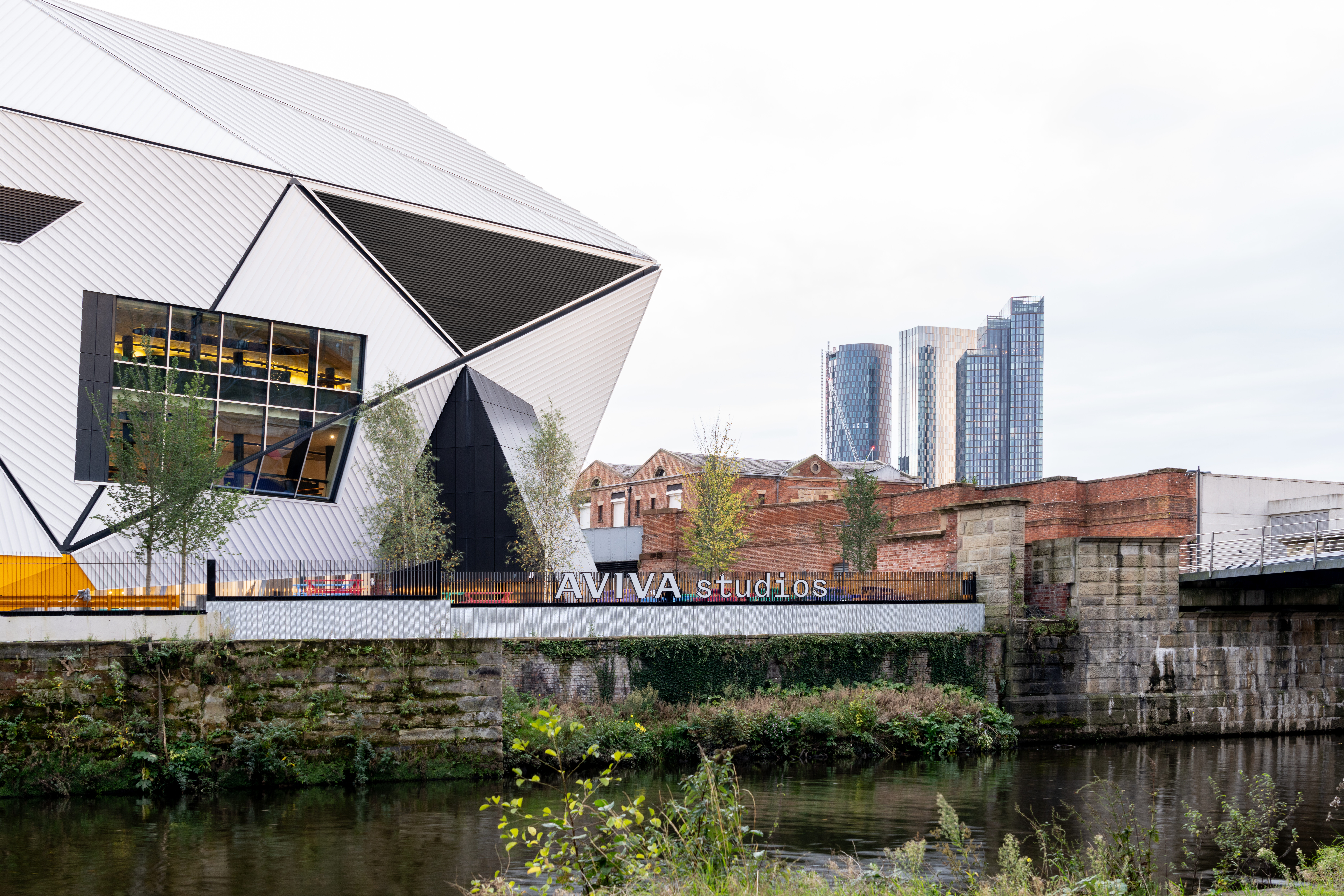Rory Natkiel on harnessing the power of female fans

Women's sports have made remarkable strides over the last decade, yet one persistent challenge remains: getting bums on seats. A recent report, The Fame Gap, conducted by Sid Lee London in partnership with Appinio, sought to answer a pressing question: how do we make women's sports unmissable for female fans?
The data provides valuable insight into the role athlete fame plays in women’s sports, with female fans showing a stronger connection to individual athletes than to teams or competitions. One of the standout findings was that fans are more likely to follow women's sports due to the buzz around individual athletes. Even more striking, these fans are more inclined to buy tickets because of athlete fame than their counterparts in men's sports.
However, the research identified a 72% fame gap between male and female athletes. This disparity is both a challenge and an opportunity to grow women’s sports. The findings suggest a different approach is needed when it comes to building fame for female athletes compared to male athletes. Here's how sponsors can address this gap and capitalise on the rising prominence of women’s sports.
Build fame, don’t rent it
When brands enter men’s sports, the fame of teams and athletes is often already well-established. In this case, sponsorship is a form of 'renting' fame—brands align themselves with high-profile properties to boost their equity. In contrast, The Fame Gap shows that female athletes generally have lower fame, even among the fans of the competitions they play in.
This suggests a different role for sponsors in women’s sports: sponsors need to become "fame-builders" rather than "fame-renters." By using sponsorship as a platform to grow the celebrity of key athletes, brands can attract more fans to the competition. Investing in the fame of athletes over time not only increases the value of sponsorship but generates something even more valuable—fan goodwill.
Create fan goodwill for long-term brand uplift
More than 50% of survey respondents from The Fame Gap report said they could recall at least one athlete endorsement that made them feel more positively about a brand. This echoes research from Core Ireland in 2019, which found that fan goodwill—a sense that sponsorship benefits both the sport and its followers—led to a 71% increase in brand affinity and purchase intent, compared to just 30% from standard sponsorship linkage.
This is significant for sponsors of women’s sports. Female sports fans are more actively invested in the growth of the game than their male counterparts, and the sport's popularity is often taken for granted. Sponsors who work to enhance the profile of women athletes stand to gain significantly from this goodwill, leading to stronger brand loyalty and long-term returns.
Find the right talent for your brand
One of the key themes that emerged during the launch of The Fame Gap was the challenge female athletes face in building their profiles and earnings, as highlighted by Jo Tongue MBE. She explained that, upon entering women’s sports, many sponsors gravitate toward the most famous athletes to convey their brand messages. However, there’s often untapped potential in less prominent athletes who may be a better fit for the brand.
Female athletes often have wider interests and more varied careers outside of sports than their male counterparts, presenting a unique opportunity for brands to form meaningful, long-term partnerships with athletes whose values align closely with theirs. These lesser-known athletes offer great value and the potential to become brand ambassadors who resonate deeply with audiences. Learn more with our brand ambassador checklist.
A rising tide lifts all partners
The Fame Gap report also underscores that everyone involved in women’s sports benefits from female athletes' fame. Stars like Caitlin Clarke have shown how individual fame can attract new fans and sell tickets, benefiting teams, sponsors, and the wider sports ecosystem.
Collaboration between sponsors becomes especially powerful in this context. Women’s sports present an opportunity for creative activations beyond traditional sponsorship approaches. By working together, sponsors can collectively elevate the fame of athletes, reaching new audiences and driving growth for the sport. The research also highlights how appearances in non-sport media, podcasts, and social platforms can be key to increasing athlete visibility.
In conclusion, sponsors who invest in the fame of female athletes contribute to the growth of women’s sports and enhance the value of their brand. As Rory Natkiel, Head of Strategy at Sid Lee London, notes, "The rising prominence of women’s sports represents a profound opportunity for brands to become champions of progress while generating long-term returns.









